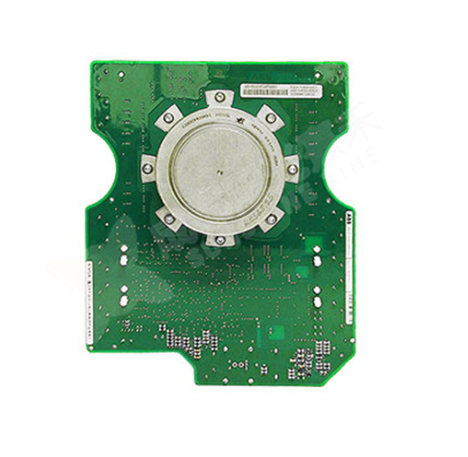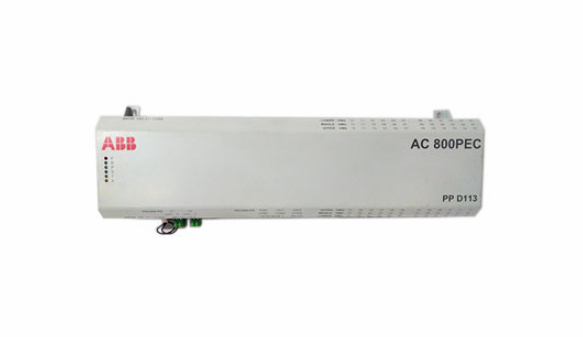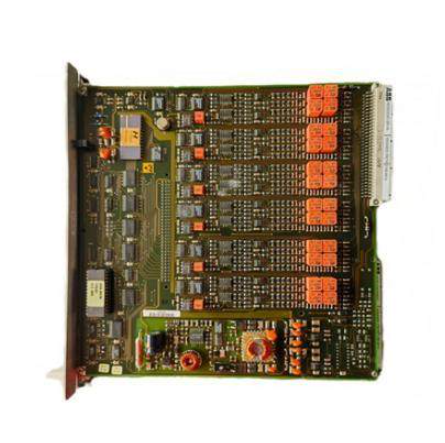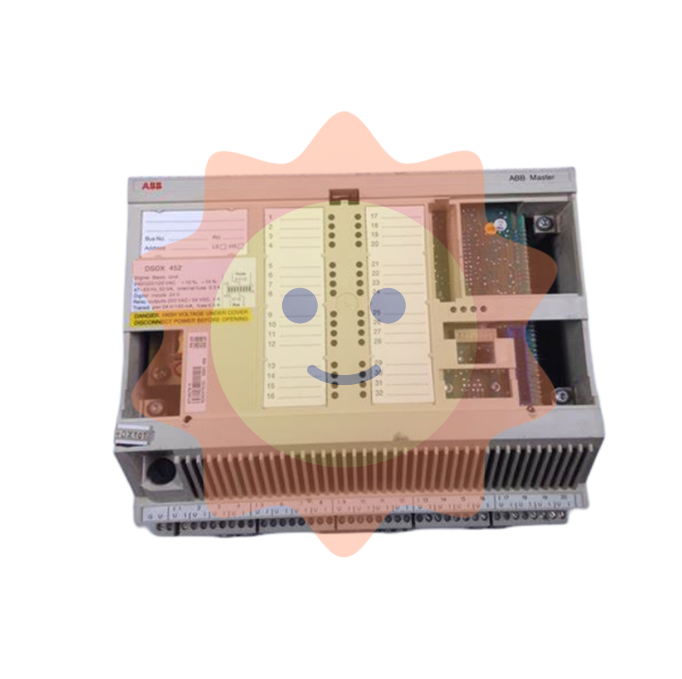Features of new power system with new energy as the main body
Secondly, the load side has strong uncertainty. In the future, electric energy will gradually become the most important energy consumption in the years after electricity will replace coal in the dominant position in terminal energy consumption. The existing power load changes relatively regularly, and the operation mode of the entire power system is relatively fixed. For example, when planning the power system, it can be predicted by selecting the load curve of typical days or hours in different seasons. Under high electrification, the load structure is diversified, the random distribution of electric behavior such as electric vehicle charging and electric heating, and the active characteristics of the user side are prominent, which will aggravate the unpredictability of the load. At present, the peak-valley difference of China's power grid load is gradually increasing.
Thirdly, power flow has strong uncertainty. When less new energy is connected to the grid, the operation mode of the traditional power system is relatively fixed due to the regularity of load phase pairs. In the high ratio new energy power system, the "boundary conditions" of power system operation will be more diversified due to the large uncertainty in the source and load end. The power flow of the link line of the transmission network may vary greatly with the output fluctuation of new energy (even two-way flow), and the distributed new energy and virtual power plants of the distribution network will also change the power flow.

2. The evolution from electromechanical equipment to power electronic equipment
The grid-connection, transmission and consumption of new energy have introduced more power electronic equipment at the source-net-load end, and the power system has shown a significant trend of power electronization. Therefore, the basic characteristics of the power system will change from the electromechanical steady-state process dominated by the rotating motor to the electromagnetic transient process dominated by the power electronic equipment. The existing thermal power, hydropower and other traditional units use synchronous motor, with strong mechanical inertia, so the power system has a large time constant (second - minute level), the system frequency to power frequency (50 Hz). Power electronic devices have low inertia, low short circuit capacity, weak immunity and multi-time scale response, resulting in a smaller time constant (millisecond level), wider frequency domain (hundreds of Hertz), and more complex security domain. Multiple factors such as electromechanical transient and electromagnetic oscillation of the system interact with each other under various disturbance situations. For example, the current transient voltage support in the new energy base, the high/low voltage crossing shutdown of the wind turbine connected to the grid, broadband oscillation, and the failure of multi-feed DC commutation are all specific manifestations of the power electronic system.
3. Evolution from a single power system to an integrated energy system
Energy Internet needs to build a comprehensive energy network based on the new energy power system and interconnected with natural gas, transportation, construction and other fields. Therefore, the existing power system will be interconnected with the heat network, natural gas network and transportation network to form a comprehensive energy system. Moreover, the storage and transmission of natural gas and hydrogen energy will be deeply integrated with the power system and play an important role in peak regulation.
(2) The deficiency of the existing power system technology system
Under the existing technical conditions, the new energy output uncertainty is strong, with randomness, volatility, anti-peak regulation characteristics, "extremely hot no wind", "late peak no light", "large installed capacity, small power" has become the industry drawbacks. The evolution from the existing power system to the new power system will face important technical challenges. The existing technical system is not enough to support the construction of the new power system in the future. The main shortcomings are as follows:
(1) Insufficient overall coordination of power supply and grid planning. The construction of supporting power supply at the sending end lags behind and the carrying capacity of the receiving end is insufficient. The power grid structure can not fully meet the needs of large-scale resource allocation and distributed extensive access.
(2) The power system balance capacity is seriously insufficient. New energy units do not have the same power grid security and stability support capacity as traditional power units, and the ability to withstand power grid disturbance is low. The existing flexible power supply adjustment capacity of thermal power transformation and pumped storage is insufficient, which can not fully meet the needs of system peak regulation and frequency regulation in the case of high proportion of new energy access.
(3) Insufficient regulation and control capacity of the power system. There have been some safety problems in the system operation, such as insufficient dynamic reactive power support, insufficient frequency regulation and stability, excessive short-circuit current, and interweaving of traditional synchronous stability and new form stability. In addition, the "weak scheduling" or "no scheduling" characteristics of a large number of emerging distributed generation causes the difficulty of coordinated operation control of power systems to increase continuously. Due to the "data chimney", the foundation of the "generation - grid - user" degree system has not been fully established.
- EMERSON
- Honeywell
- CTI
- Rolls-Royce
- General Electric
- Woodward
- Yaskawa
- xYCOM
- Motorola
- Siemens
- Rockwell
- ABB
- B&R
- HIMA
- Construction site
- electricity
- Automobile market
- PLC
- DCS
- Motor drivers
- VSD
- Implications
- cement
- CO2
- CEM
- methane
- Artificial intelligence
- Titanic
- Solar energy
- Hydrogen fuel cell
- Hydrogen and fuel cells
- Hydrogen and oxygen fuel cells
- tyre
- Chemical fiber
- dynamo
- corpuscle
- Pulp and paper
- printing
- fossil
- FANUC
- Food and beverage
- Life science
- Sewage treatment
- Personal care
- electricity
- boats
- infrastructure
- Automobile industry
- metallurgy
- Nuclear power generation
- Geothermal power generation
- Water and wastewater
- Infrastructure construction
- Mine hazard
- steel
- papermaking
- Natural gas industry
- Infrastructure construction
- Power and energy
- Rubber and plastic
- Renewable energy
- pharmacy
- mining
- Plastic industry
- Schneider
- Kongsberg
- NI
- Wind energy
- International petroleum
- International new energy network
- gas
- WATLOW
- ProSoft
- SEW
- wind
- ADVANCED
- Reliance
- YOKOGAWA
- TRICONEX
- FOXBORO
- METSO
- MAN
- Advantest
- ADVANCED
- ALSTOM
- Control Wave
- AB
- AMAT
- STUDER
- KONGSBERG
- MOTOROLA
- DANAHER MOTION
- Bently
- Galil
- EATON
- MOLEX
- Triconex
- DEIF
- B&W
- ZYGO
- Aerotech
- DANFOSS
- KOLLMORGEN
- Beijer
- Endress+Hauser
- MOOG
- KB
- Moxa
- Rexroth


Email:wang@kongjiangauto.com
























































































































